Cellular phones are sold with a variety of design characteristics and are frequently replaced for socio-economic and technological factors. So, it’s crucial to comprehend some specific hardware components (such as the screen, battery, and CPU), as well as the OS, and use such devices for a long time before having to replace them. Fortunately, our Samsung Galaxy M10 review will help you cover all the requirements for purchasing the finest smartphone.
After declaring Samsung Galaxy M10 by Samsung on 1/1/2019, this model has been released in 2019, February. However, this model’s status in the market is Available.
When you purchase Samsung Galaxy M10, you will gain a 13 MP, f/1.9, 27mm (wide), 1/3.1″, 1.12µm, PDAF rear camera and 8 MP, f/2.0, 25mm (wide) selfie camera. it also has 16GB 2GB RAM, and 3400 mAh battery life (the more mAh value gives more strength to the battery).
with 6.22 inches, 96.6 cm2 screen size.
Samsung Galaxy M10 comes with the following OS and chips:
* Android 8.1 (Oreo), upgradable to Android 9.0 (Pie), One UI operating system,
* Exynos 7870 Octa (14 nm) Chipset
* Octa-core 1.6 GHz Cortex-A53 Processor.
To understand the meanings of mobile phone specifications, continue reading this Samsung Galaxy M10 review.
The Body Specs – Samsung Galaxy M10 Review
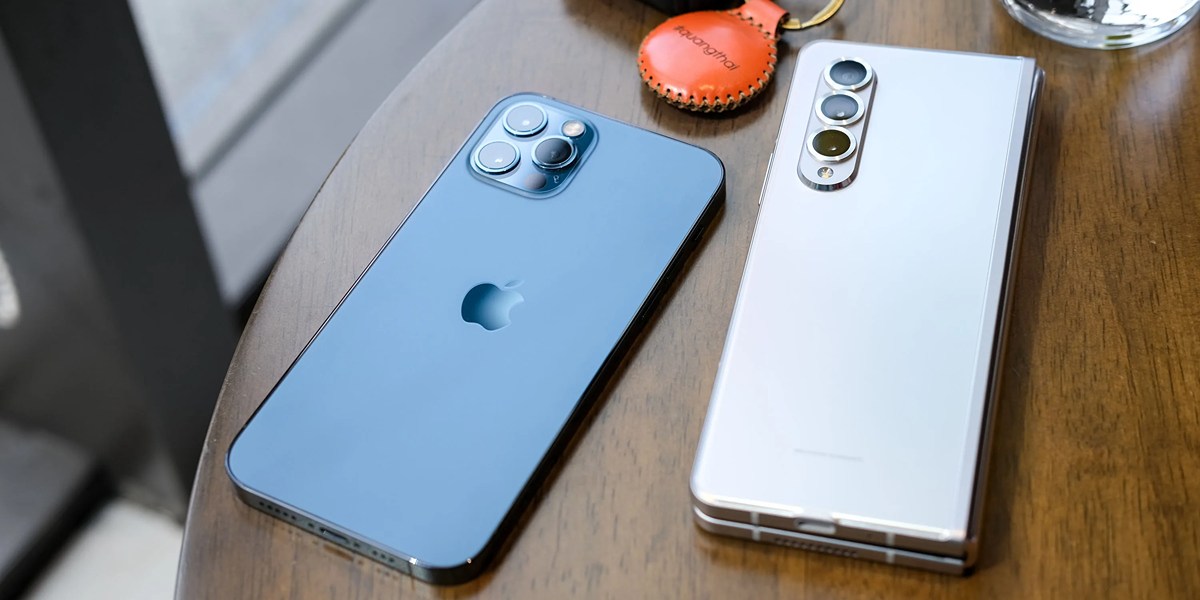
When planning to purchase a new mobile phone, the body features must be taken into consideration. These physical specs include body size, weight, and build. You can read Samsung Galaxy M10 review in terms of the body features in the lines that follow.
* Body Dimensions: 155.6 x 75.6 x 7.7 mm (6.13 x 2.98 x 0.30 in) which means height, width, and thickness (depth) respectively.
* Body Weight: 163 g (5.75 oz).
For smartphones, a weight between 140g to 170g is considered convenient for most people.
* Body Build: Glass front, plastic back, plastic frame.
The following body kinds of cellular phones are available:
* Metal. Due to the fact that it is constructed of metals, it is the strongest in terms of saving the cellular phone’s internal parts.
* Plastic. This type might be more durable than metal because it doesn’t flex. Additionally, because it doesn’t break easily, it has a longer working life than a glass one.
* Glass. This kind of cellular phone’s body looks more shiny and appealing, despite the fact that the brittle nature of glass makes it more breakable.
Read Samsung Galaxy M10 Review To Know Its Colors
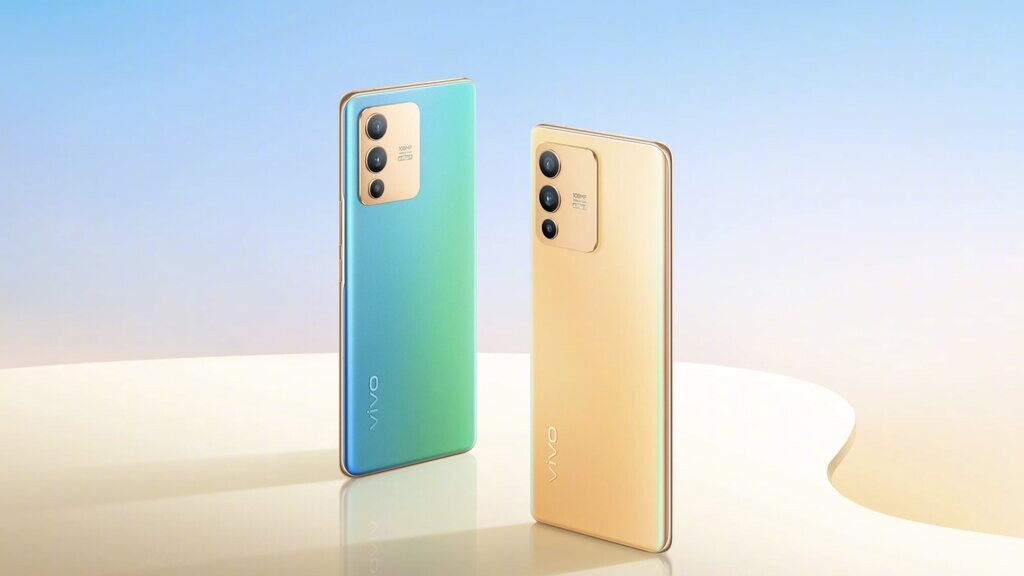
Modern cellular phones come in a variety of colors. Companies are also producing gradient colors in addition to solid color devices.
Samsung Galaxy M10 comes in the following colors: Ocean Blue, Charcoal Black.
Samsung Galaxy M10 Review of The Display Specs and Quality
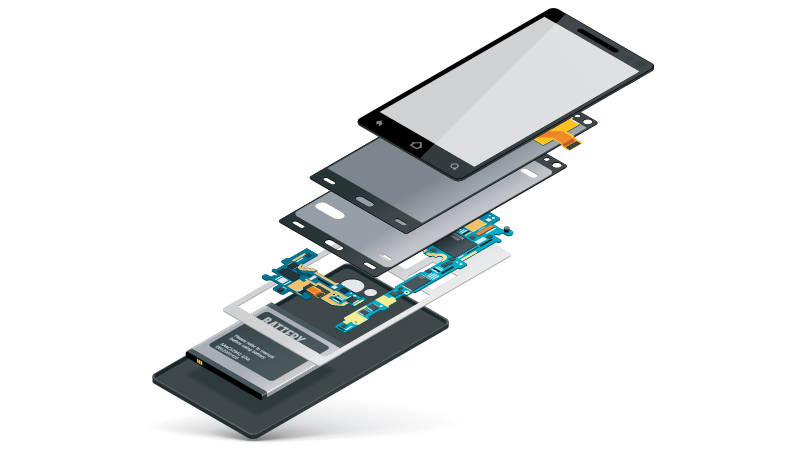
The screen has always been a primary component of smartphone. Still, ever since the advent of full-screen touch mobile phones, it has become imperative for manufacturers to offer the best display devices to consumers, which will boost the viewing and gaming experience.
Read on to find more about the fundamental display characteristics of Samsung Galaxy M10.
Display Type: PLS LCD – Always select a screen kind that gives proper black and more vivid colors.
Display Size: 6.22 inches, 96.6 cm2 – Nowadays, cellular phones often have screens that range in size from 4.7 to 6.5 inches.
Screen To Body Ratio: (~82.1% screen-to-body ratio). It gives the percentage of how much of the front side is covered by the display. Smartphones that have the largest screen-to-body ratio look delicate and that give them a premium look.
Display Ratio: 19:9 ratio. the Aspect ratio is the relevance between the height and width of the smartphone screen. Taller aspect ratios like 19.5:9 is coming with the most modern smartphones, and it is suitable for web browsing, and other portrait orientation apps.
Display Resolution: 720 x 1520 pixels. It is the clarity of an image video in detail and sharpness. The pixel resolution for high-definition screens is 1920 x 1080.
Display Density: (~270 ppi density). It is the number of physical pixels per inch on a screen and is measured in Pixels Per Inch (ppi).
Samsung Galaxy M10 Review – Camera Features
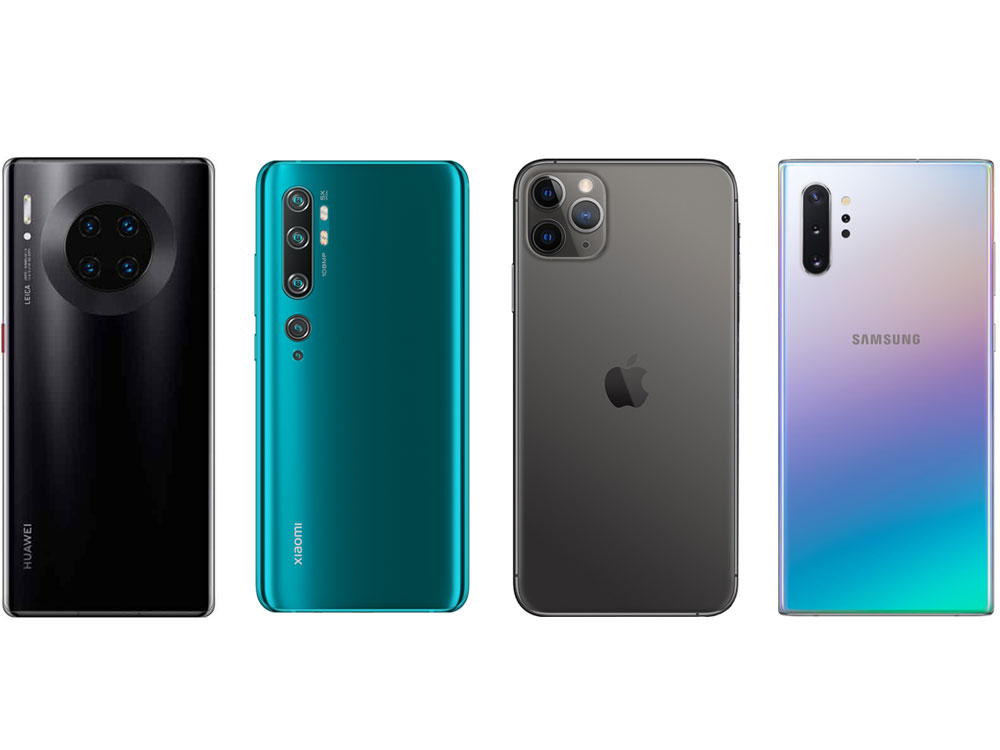
In the following lines, you will find Samsung Galaxy M10 review about the main cameras.
* Main Camera Single: 13 MP, f/1.9, 27mm (wide), 1/3.1″, 1.12µm, PDAF.
The following lines explain some of the symbols included in the camera features:
MP (Megapixels) is the resolution of the image taken by a smartphone.
(f value) is the aperture of a lens that indicates how much light it lets in. A bigger aperture lets in more light, whilst a smaller aperture lets in less light.
(mm value) This measurement is of the lens’s focal length, which affects the final image that is produced by your camera.
AutoFocus (AF) is the function of a camera to automatically focus on a subject.
* Main Camera Dual: 5 MP, f/2.2, 12mm (ultrawide)
The main camera features are as follows:
HDR, panorama, 1080p@30fps main video camera.
Here is the Samsung Galaxy M10 review of the selfie camera:
* Selfie Camera Single: 8 MP, f/2.0, 25mm (wide)
The main camera specifications are:
HDR, 1080p@30fps Selfie video camera.
Important Details About The SIM – Samsung Galaxy M10 Review

A SIM card, also known as a Subscriber Identity Module, is an electronic card that stores information including user identity, phone number, network authorization data, personal security keys, and contact lists. A SIM card connects a cellphone to a specific mobile network to use its features, like making calls, and connecting to internet services such as 3G, 4G LTE (please refer to Samsung Galaxy M10 3G or Samsung Galaxy M10 4G articles ) and 5G, or sending SMS messages. Please note that it’s possible to use your smartphone without a SIM card as a personal assistant device.
This mobile phone model comes with Dual SIM (Nano-SIM, dual stand-by) card. For more information, refer to How to insert SIM card in Samsung Galaxy M10 article.
Here are the popular SIM card types:
* Nano-SIM. This removable SIM card size is the smallest available one, so it is the most modern one (other than eSIMs, which we’ll talk about it very soon) and it’s used by the vast majority of current devices.
* Micro-SIM. They have a little bit larger chip, and they’re rarely been used in recent years.
* Standard SIM (Mini-SIM). It is the biggest SIM card size in use, and it’s the most rarely used.
* eSIM. It is an embedded SIM card, i.e., you can’t take it off of your smartphone.
Samsung Galaxy M10 Review – The Main Hardware Platforms
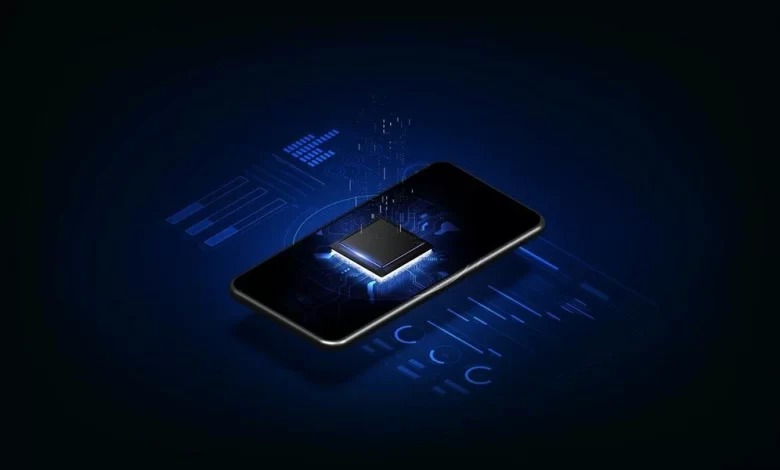
This model has Exynos 7870 Octa (14 nm) chipset.
A chipset on a cellular phone is most usually referred to as a system-on-chip (SoC). It is an integrated circuit that houses all of a device’s essential parts on one chip. The most famous types are Qualcomm Snapdragon, MediaTek chipsets, and Intel Atom.
Samsung Galaxy M10 has Octa-core 1.6 GHz Cortex-A53 CPU.
The higher the number of cores, and the higher the processing speed the better the processor’s performance will be.
Samsung Galaxy M10 has the following GBU (Graphics Processing Unit): Mali-T830 MP1.
This chip is responsible for handling and accelerating all graphics jobs, and a faster GPU means a more powerful device.
Samsung Galaxy M10 Review of the Storage features and Capacity

The quantity of storage that a new cellphone offers is one of the major decision considerations. Actually, Samsung Galaxy M10 comes with a microSDXC memory card slot, and the following internal storage: 16GB 2GB RAM – 32GB 3GB RAM
Two types of phone’s memory are available:
Internal: It is built into the phone, and can’t be expanded. Nowadays, the majority of cell phones have internal storage that is at least 32GB or 64GB and a few high-end models feature 256GB or 512GB.
External: It is a removable SD card used as an alternative memory to store photos, music, videos, etc., regardless of the type of SD card slot.
Samsung Galaxy M10 Review – Mobile Networks and Connectivity

A mobile network is the technology that secures wireless connections for mobile devices. This is done through communication towers covering specific different areas. There are 3 kinds of these networks: 3G, 4G (LTE), and 5G. These kinds are working on the most recent smartphones.
Samsung Galaxy M10 supports the following networks: 3G. For more info, refer to Samsung Galaxy M10 3G article. – 4G. For more info, refer to Samsung Galaxy M10 4G article.
Available Wireless Connections – Samsung Galaxy M10 Review

This model comprises the following wireless connections:
* WLAN connection: Wi-Fi 802.11 b/g/n, Wi-Fi Direct, hotspot. Wireless Local Area Network depends on Wi-Fi to connect to the home or office wireless network using the local router and offers Internet access.
* Bluetooth connection: 4.2, A2DP, LE}. It is a common wireless communication protocol used to connect two devices together over short distances, allowing them to share data between different devices.
* GBS connection: Yes, with A-GPS, GLONASS, BDS. Global Positioning System enables mobile phones to define any position you need.
* USB connection: micro-USB 2.0. Universal Serial Bus is wired technology that allows users to connect two devices, such as a smartphone with a PC, to either transfer data or charge the connected device.
* Features Sensors: Accelerometer, proximity. The sensor is a device that detects and majors the changes in the nearby environment such as ambient light and motion.
The Operating System – Samsung Galaxy M10 Review

This model comes with Android 8.1 (Oreo), upgradable to Android 9.0 (Pie), One UI operating system.
Main Specifications of The Battery – Samsung Galaxy M10
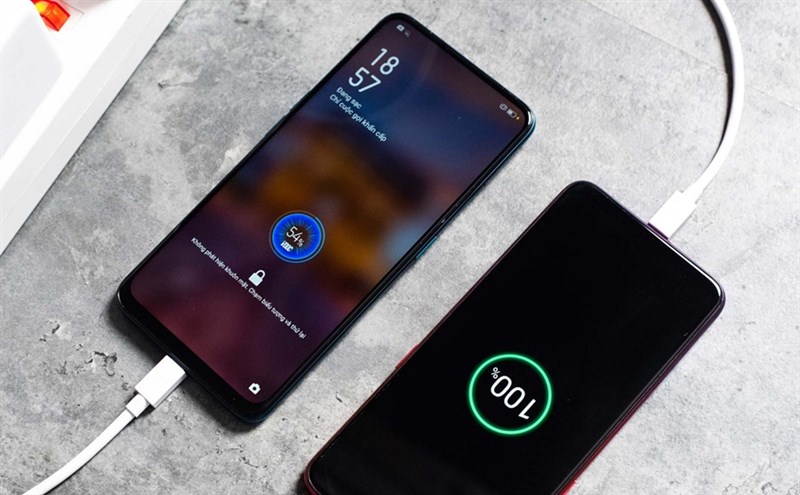
Nothing is more important than the battery of the cellular phone that keeps these devices running and keeps daily life working. The following lines are containing Samsung Galaxy M10 review of its main battery.
* Battery Technology: Li-Ion.
* Samsung Galaxy M10 comes with a non-a removable battery.
* Battery Capacity: 3400 mAh. It refers to the storage capacity a specific battery can provide. A battery with a 3100 mAh capacity rating could supply a current of 3100 mA for one hour. Higher mAh ratings for the same battery type will generally mean longer working time.

